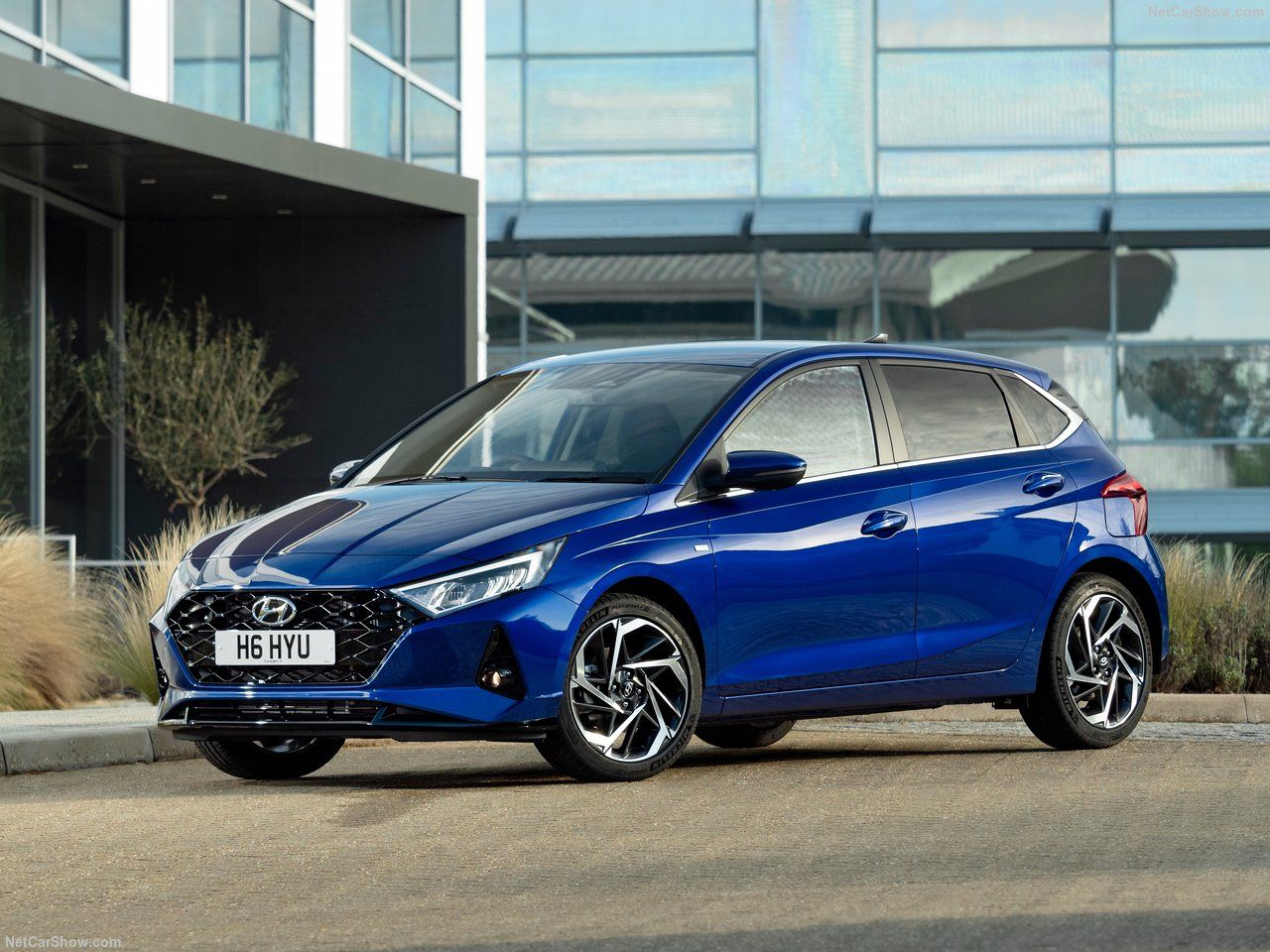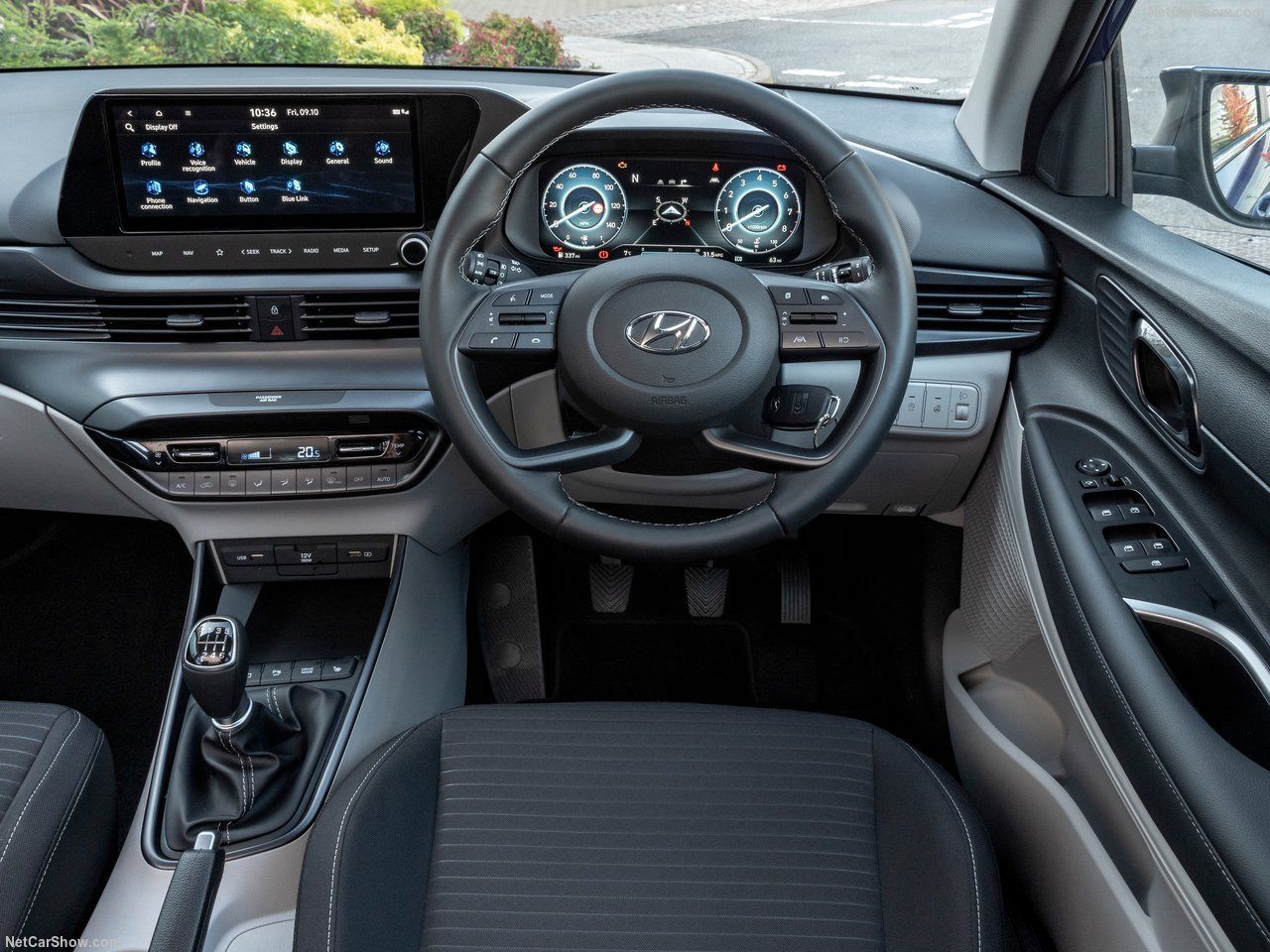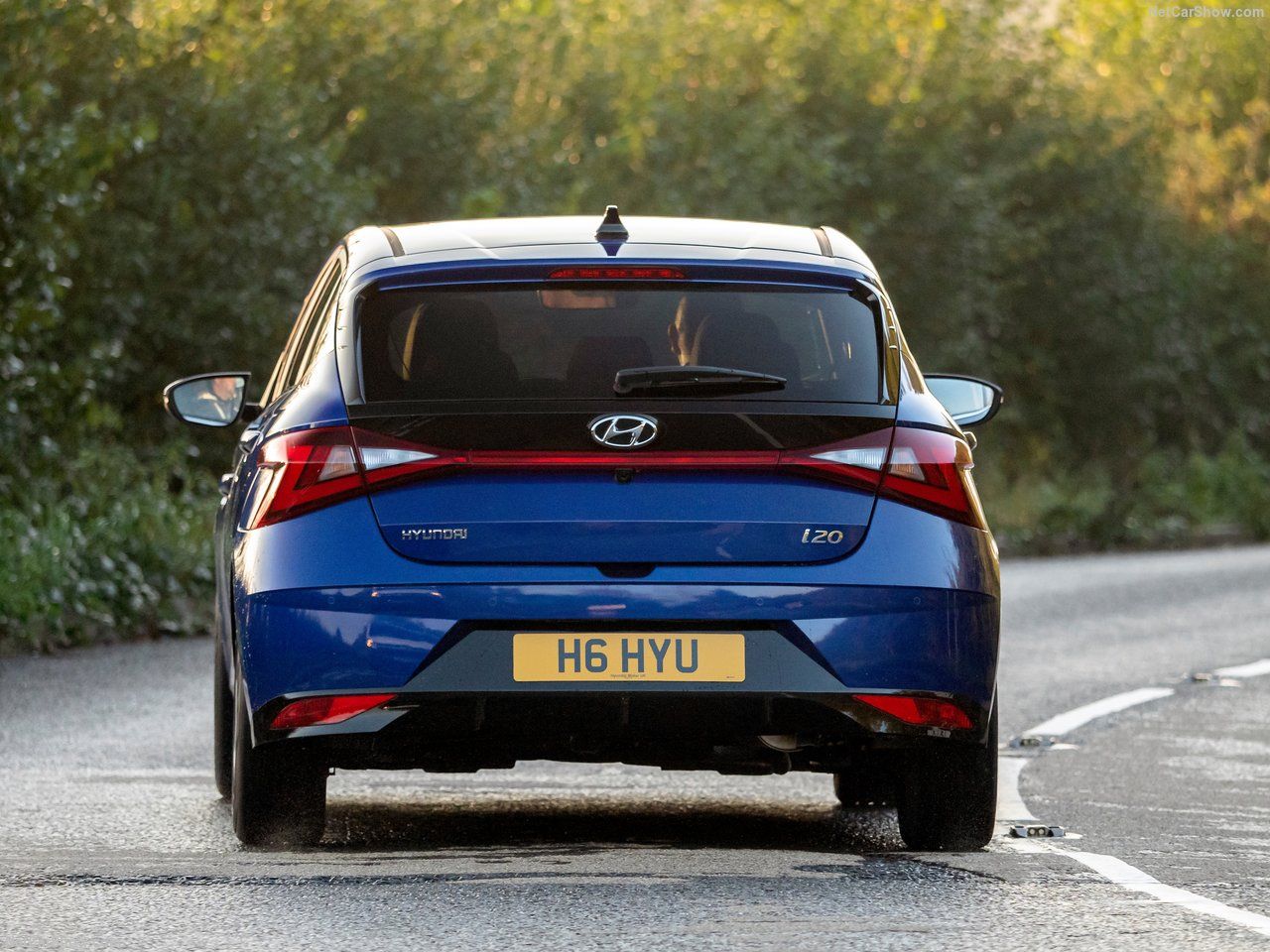The supermini segment of hatchbacks isn't the most exciting, but it's damn near one of the most competitive. The Volkswagen Polo, Skoda Fabia, Seat Leon, Renault Clio, Mini Cooper, Vauxhall Corsa, and Audi A1 have all carved out a different niche of the market. The up-and-coming South Korean brands as found in Hyundai and Kia have been slowly chipping away at these market shares with the Kia Rio and Hyundai i20.
Both small hatchbacks share plenty in common and over successive generations have slowly been moving further upmarket away from their budget-oriented roots. The addition of what only a decade ago had been the exclusive domain of luxury cars, such as leather upholstery and sat-navs, has propelled the i20 up the market, making it a genuine rival to premium entries into the segment like the Audi A1 and Volkswagen Polo.
The Hyundai i20 is an excellent rival to the premium superminis.
Three Successful Generations Of The Hyundai i20
The first i20 came to market in 2008. As the second smallest car in the Hyundai range, it sat just above the i10, which came the year before. A small and relatively mundane looking car it was cheap and safe, receiving a 5-star NCAP rating. This first model saw one facelift which saw the car become even more Corsa-like in its design.
The second generation launched in 2014 and was considerably more stylish in its design, notably with the black C pillar, ever more so with the introduction of the i20 Coupe, which in a way was a spiritual successor to the Hyundai Veloster. This car saw the beginning of Hyundai's targeting of the luxury German marque's entries into this segment with the option of infotainment systems as well as wrap-around rear headlights. The facelift to this model was launched in 2018 at the Indian Auto Expo, according to Car and Bike, clearly suggesting a market that Hyundai was targeting with this car.
However, at this event, now industry standard pieces of technology were added to the range, primarily Apple Car Play. The third generation continued building the second's momentum, even though it launched during the pandemic. With two large displays, one for infotainment and the other in front of the driver. This latest model comes from the K2 platform; the successor to the previous PB platform, it supports the brand's latest models, their more economical engines, and higher levels of equipment.
A GTI Alternative
The larger i30 made headlines back in 2019 with Hyundai's first hot hatch, the i30 N. Auto Car wrote that the company "lured top talent from European marques", to replicate the success of recent hot hatchbacks, noting their acquisition of talent from BMW M Sport and Volkswagen. However, according to Auto Car, the i30 N fell short, citing a "Lack of expert dynamic finish to the ride and handling," criticizing a somewhat bland cabin that looked like the standard car's.
Both Auto Trader and Auto Car, in their reviews, praise the i30 N's affordability, undercutting the competing Golf GTI and this is where the i20 N continues. The next step in Hyundai's interior design makes up for what the i30N lacked. Not only does it have the dual-screen system that the standard car has but also contrasting stitching and a red steering wheel button labeled "rev". The i20N from the front is a smaller i30N sharing a brand design language.
However, from the rear, it takes Hyundai's latest "Sensuous Sportiness" design and has added a diffuser-like bumper and a rear spoiler. However, unlike much of its hot hatch rivals, it only has one exhaust tip, albeit a rather large oval-shaped affair.
An Excellent Value
The most expensive 2021 i20N with the 1.6-liter engine costs just over $33,000, placing it in direct competition with the 2022 Polo GTI which has an entire three horsepower more but carries a near $2,670 price premium.
In previous years, Hyundai has relied upon undercutting their competition and providing a higher level of equipment, making the South Korean manufacturer's cars an excellent value proposition. Auto Car writes that the brand has a "respectable reputation" in Europe, built off the back of their five-year warranty.
However, they also write that the company "longs to be regarded in same the breath as more luxurious, sporting rivals", perhaps that time has now come for the brand as they continue to grow their brand, however, the company are continuing to charge less than their rivals and offer a little more in places.
On the Hyundai website, a base i20 trim level Element with a 1.0-liter engine costs just over $21,000. Unlike many base level superminis, the Element trim comes with 16 inches allow wheels, body-colored exterior feature and leather trim on the gearstick as well as 60/40 folding rear seats as standard. In comparison, the more expensive entry-level Polo Life trim level only comes with 15-inch alloy wheels.
The more than $28,000 Premium trim level is the middle of the range option, just beneath the N-line. It gives the driver certain luxuries like Daytime running lights in the headlights as opposed to the bumper. The i20, like all of the Hyundai and Kia cars, is an excellent value option and comes with plenty of options to personalize a customer's car as well as the option of a sporty hot hatch that comes from outside of the Volkswagen Auto Group.




